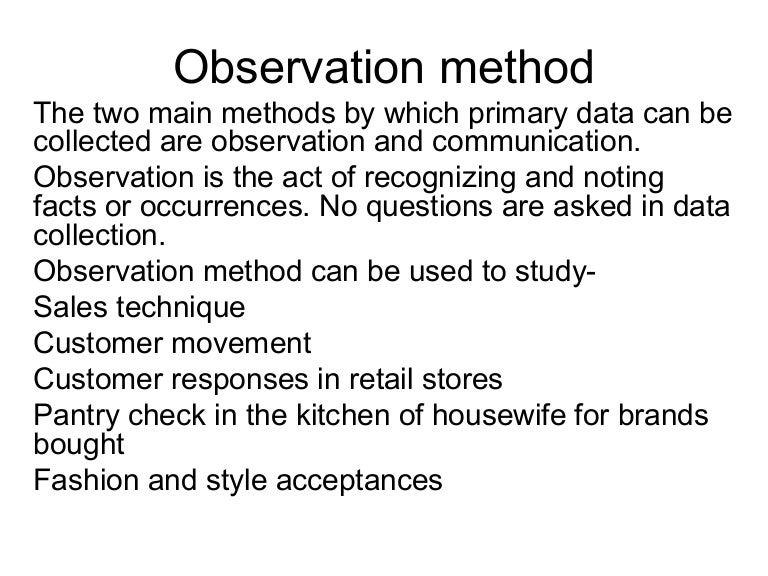

Just like in life in general, we must accept that there is a trade-off." Do laws change? For example, we can be 95% certain that what we are trying to estimate lies within a certain range or we can be more certain, say 99% certain, that it lies within a wider range. This is known as the confidence interval. "We can calculate the probability of an event and we can determine how certain we are of our estimate, but there is always a trade-off between precision and certainty. The house always wins," said Sylvia Wassertheil-Smoller, a professor at Albert Einstein College of Medicine in New York. "With large numbers, probability always works. Scientific laws are also often governed by the mathematics of probability. For example, Newton's Law of Universal Gravitation states:įg is the force of gravity G is the universal gravitational constant, which can be measured m1 and m2 are the masses of the two objects, and d is the distance between them, according to The Ohio State University (opens in new tab). Many scientific laws can be boiled down to a mathematical equation. (Image credit: Shutterstock.) (opens in new tab) For example, if the apple and the Earth shrank to a subatomic size, they would behave differently. If the circumstance changes, then the implications of the law would change. "The strength of gravity between any two objects (like an apple and the Earth) depends on the masses of the objects and the distance between them" is a law because it describes the behavior of two objects in a certain circumstance. Laws are generalized observations about a relationship between two or more things in the natural world based on a variety of facts and empirical evidence, often framed as a mathematical statement, according to NASA.įor example, "Apples fall down from this apple tree" is considered a fact because it is a simple statement that can be proven. Facts are simple, one-off observations that have been shown to be true. The difference between scientific laws and scientific facts is a bit harder to define, though the definition is important. Still today, this is the universally accepted explanation (theory) for Mendel's Law," Coppinger said. Morgan, working with fruit flies, explained the Law of Independent Assortment using the theory of chromosomal inheritance. It was only then that scientists, such as T.H. It wasn't until a century later that scientists discovered DNA and chromosomes - the biochemical explanation of Mendel's laws.

"Yet, Mendel knew nothing of DNA or chromosomes. Gregor Mendel discovered that two different genetic traits would appear independently of each other in different offspring. Similarly, Mendel's Law of Independent Assortment describes how different traits are passed from parent to offspring, not how or why it happens," Coppinger said. But it doesn't explain how gravity works, or what it is. "Newton's law is useful to scientists in that astrophysicists can use this centuries-old law to land robots on Mars. (Image credit: Shutterstock) (opens in new tab) Mendelian Inheritance shown with a pea model.


 0 kommentar(er)
0 kommentar(er)
